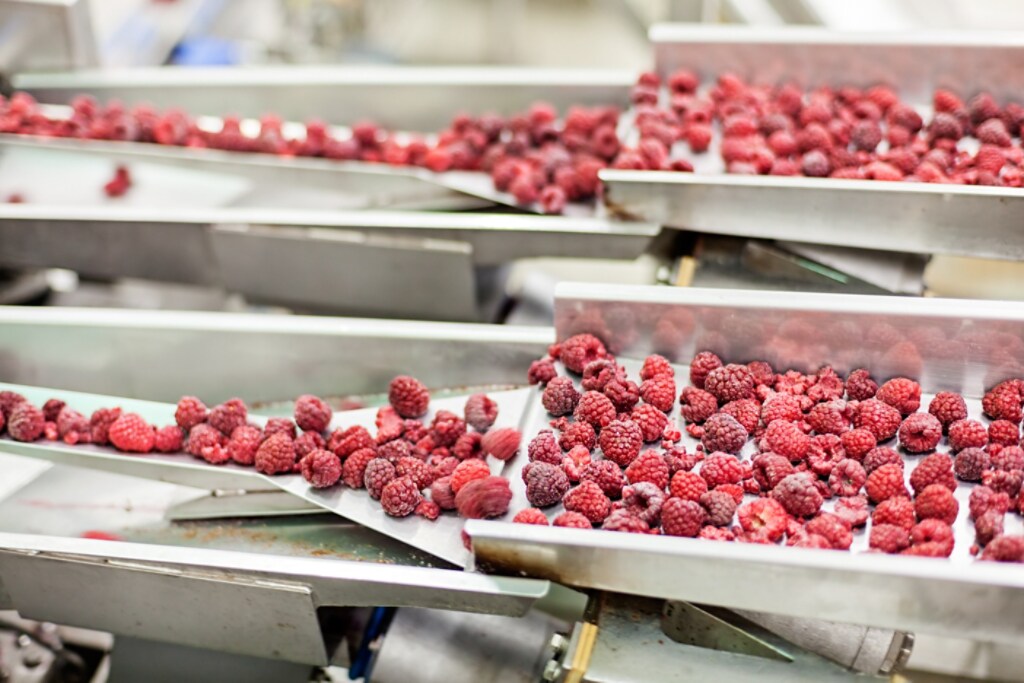The top challenges in today’s food safety testing market.

The impact of food safety issues on your business can be enormous.
Internally it can disrupt the operational efficiency of your plant by delaying the delivery of product to shelves. Externally a product recall can impact the credibility of a company and lead to its demise. These are a few ramifications that every business is concerned about.
What are the greatest food safety testing challenges we should be watching out for?
At the recent 3M Food Safety Symposium, we invited Canadian industry leaders to share their thoughts on the most pressing issues in their industry. Here’s what they had to say.
The shifting regulatory landscape presents a challenge to food safety testing.
Canadian regulatory bodies are making constant strides to improve food safety for consumers. The new Safe Food for Canadians Act demands processors, exporters and importers1, to apply for a license. It also requires them to comply with regulations in terms of preventive controls, traceability, and customer protection in addition to other factors.
Translating these changes to businesses and understanding their impact can be a challenge.
For example, Dr. Linda Bergman, Director of Regulatory Affairs at Erie Meats, recently received a request from Health Canada that Erie Meats’ raw batter-breaded products to be salmonella-negative by April 2019. This has created a significant burden on their operations – and on their environmental monitoring program.
These shifts in regulations need proactive measures so that your food manufacturing plant is up-to-date with the necessary guidelines.
Small organisms present big risks: food safety testing is essential for allergens and microbiological challenges.
A successful hygiene monitoring program can be measured by several means ranging from visual inspection to microbiological testing. Ways to improve the processes must always be probed but being aware of the challenges is the first step.
For instance, Vineland Growers’ Cooperative deals with raw produce such as fruits and vegetables. According to Marina Subic, who works in quality assurance, this means microbiological challenges will always be at the forefront at her plant. It could take just one breakdown in safety protocols for a contamination to break.
Almira Dizon from Give and Go Prepared Foods shares a similar point-of-view. She believes food allergens pose a major risk to disrupting operations in their plant. They are one of the key indicators her quality assurance team is currently focused on.
Watch: Industry leaders share how fast and accurate food safety testing methods help mitigate the top challenges to their business.
Environmental monitoring programs are an important piece of managing food safety risks.
Industry leaders agree: one way to safeguard against these issues is to have a strong environmental monitoring program in place that will help prevent outbreaks.
Saleema Saleh-Lakha, Supervisor of Food Microservices at the University of Guelph, advises that the environmental monitoring program must have sufficient testing points throughout different lots, while ensuring that internal measures, controls and validations are followed strictly, to limit the possibility of pathogen contamination.
This means having food safety testing methods that can provide fast, reliable results – and the know-how to help solve problems as they emerge. For testing product manufacturers who can offer both, like 3M, these partnerships can offer a high-value service that help quality assurance teams stay competitive.
Receive the latest food safety testing trends from 3M.
Subscribe to our newsletter using the form to be among the first to receive product and industry news from 3M.
References.